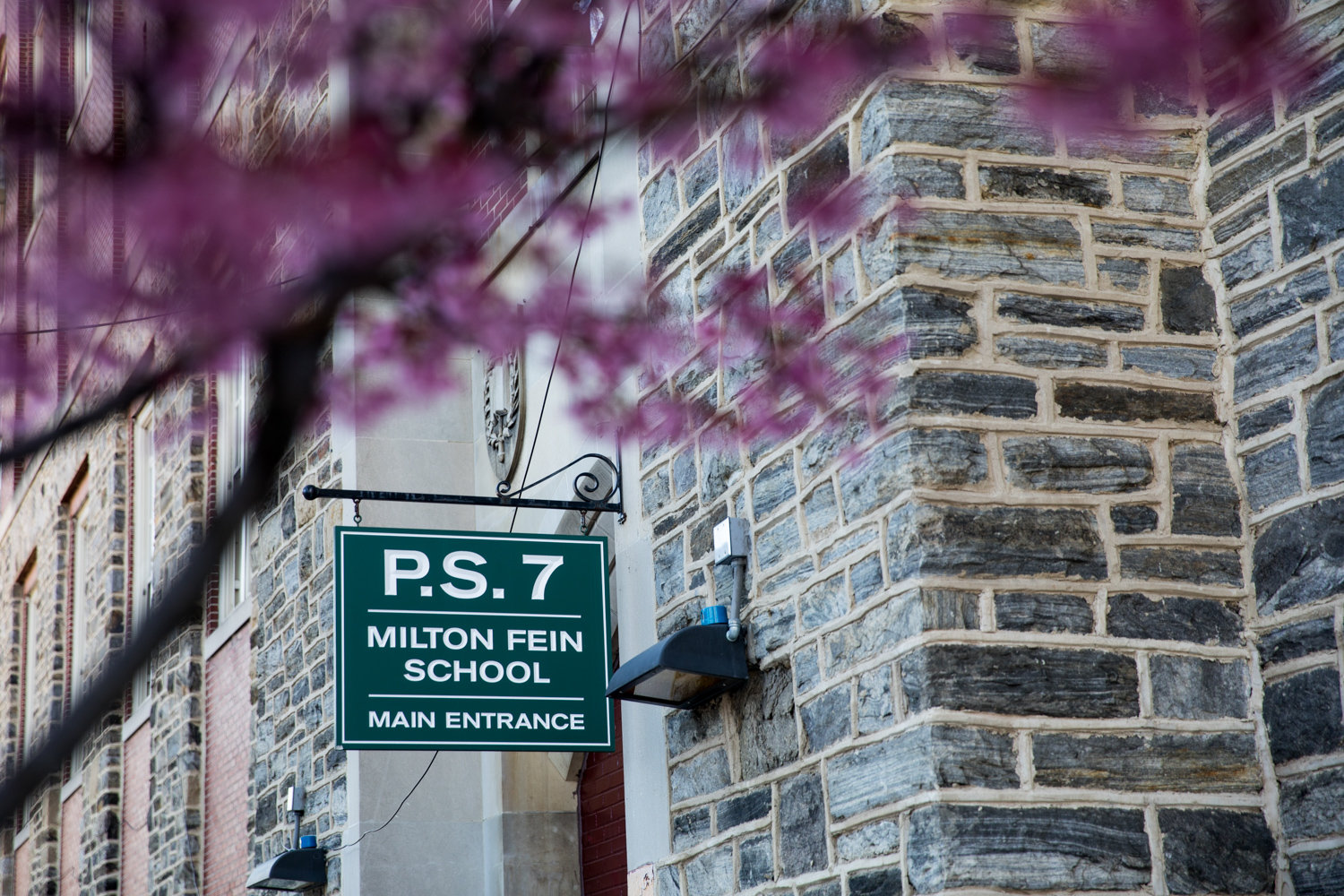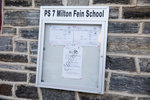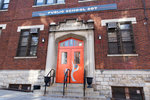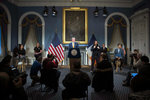Mayor shutters public schools in effort to slow virus
Mayor Bill de Blasio has made it official: All public schools are closed Monday, and they won’t open again until — at the earliest — April 20.
The announcement came just a few hours after Gov. Andrew Cuomo announced public schools in Westchester, Nassau and Suffolk counties were closing beginning Monday, and that New York City public schools had 24 hours to develop an action plan that would allow those schools to shutter this week.
“I am very concerned that we are seeing a rapid spread of this disease, and it is time that we take more dramatic measures,” de Blasio said in a Sunday evening press conference. “And I will tell you that the issue that has been on everyone’s minds is our public schools.”
The decision comes in light of ongoing efforts at both the city and state level to slow the spread of SARS-CoV-2, the coronavirus that causes COVID-19.
de Blasio expects schools to open after the spring holiday break on Monday, April 20, but warned that this would be a “first attempt.”
“I have to be honest in that we are dealing with a lot of unknowns, and a lot of challenges, and we understand how difficult it will be to achieve that goal,” the mayor said. “I have been very honest about the fact that there is a real possibility that by closing our schools now, we may not have the opportunity to reopen them in this full school year. We may actually have to go for the whole school year, which is just extraordinarily painful for our kids, for our parents, and for our educators.”
Technology offers new challenges
Public school teachers started training in remote learning this past Tuesday, with remote instruction scheduled to begin March 23, according to a letter from schools chancellor Richard Carranza.
“We have to go into work Tuesday, Wednesday and Thursday,” said Anthony Hilliard, a physical education teacher at P.S. 7 Milton Fein School. “I don’t know what the heck we’re going to do, though. I’m going to have to find out more information” on Tuesday.
Hilliard expected to spend time this week organizing lessons and uploading them online, but wasn’t sure what technology he or his students would be using while school buildings are shuttered.
What he did know, though, was that physical education might be particularly challenging to teach remotely.
“I’m going to make a video,” Hilliard said. “I’m going to go over certain things that children could do on their own — different stretches, different drills and things.”
For kids who might not want to take part in those activities, Hilliard plans to write up an assignment about how the values of team sports are applied in the real world.
“And then I just hope they do it,” he said. “That’s what I’m worried about, is that we’re going to do all this work, and then put it on the computer, and are they going to do it.”
Keeping students engaged while at home is one thing. Wondering how much parents can be around, who might have to work, is something that was on Gov. Cuomo’s mind over the weekend when he talked about some of the collateral damage that could come from parents who are essential for their jobs in the midst of the coronavirus crisis. These parents, he feared, may have to choose between going to work or staying home with their kids.
“Our goal is to slow the spread of the virus to a rate that the health care system can manage, and one of the ways to do that is to reduce density,” Cuomo said, in a release. “Closing the schools is a good idea, but you have to anticipate and correct any unintended consequences — we have to ensure children who rely on free school meals continue to get them, and that there’s adequate child care, especially for health care workers and first responders who are parents of young children.
“We will close these schools, but it needs to be done with these contingencies in mind so that children are not harmed, and our hospitals aren’t understaffed — otherwise, we cut off our nose to spite our face.”
Ensuring kids get something to eat
According to the city’s education department, free breakfast and lunch will be available for students to pick up at any public school between 7:30 a.m. and 1:30 p.m., at least this week. Making these meals available was important to Eric Dinowitz, who not only is running for Councilman Andrew Cohen’s seat, but is an educator himself.
“A lot of those students depend on school, not just for education, but also for social services,” Dinowitz said. “It’s hard. It’s really hard. So many children and families rely on schools for so much.”
With nearly all private schools and universities closed — including SUNY and CUNY — some critics have targeted Cuomo and de Blasio over why public schools remained open for as long as they did.
“Close the schools? It’s not that easy. It’s not that simple,” Cuomo said. “For many families, the school is child care. If you close the schools and the children are at home, a large percentage of the work force may say, ‘I have to stay home and take care of my children.’”
Beginning March 23, the education department will provide “regional enrichment centers” for the children of “essential” workers, including those needed in health care and transit, as well as student populations deemed “vulnerable.” Officials expect to release more details throughout the week.
“There are school districts that are in wealthier parts of the state where the family is in that position, where one parent stays home or where they can hire a caregiver to stay at home,” Cuomo said. “But then there’s everybody else.”
Keeping school-aged children focused and on-schedule can be challenging, as can staying home without much contact for long periods of time, said Morgan Evers, a private school teacher and mother of two children. Since her husband also is a teacher, the couple is lucky to have the help of a full-time babysitter.
Evers started keeping her youngest son home from the Riverdale Temple nursery school at the beginning of March, extending the same for her older son late last week — a few days before public schools officially closed.
“I did four months of pregnancy bed rest, which is like quarantine in your bed,” she said. “So I know how isolating it can feel, how depressing it can feel. I think that the more we create community virtually, the better we’re all going to feel emotionally.”
And emotions are something that people haven’t had a chance to stop and think about — something that’s been on Eric Dinowitz’s mind.
“This is going to be new for everyone,” he said. “But one of the most important things — and one of the most incredible things — is that you are seeing people coming together, to ensure our children are still learning, and our communities remain safe.
“It’s very personal to me. And I’m sure it’s personal for many teachers and parents. But we’re going to get through this.”
Follow all the local coverage of the coronavirus pandemic and how it relates to your neighborhood at RiverdalePress.com/coronavirus. Sign up for our newsletter to get daily updates on coverage and closing by sending your email address to newsroom@riverdalepress.com. And finally, keep up with all the latest closures, postponements and what you can still take part in with our continuously updated list by clicking here.















